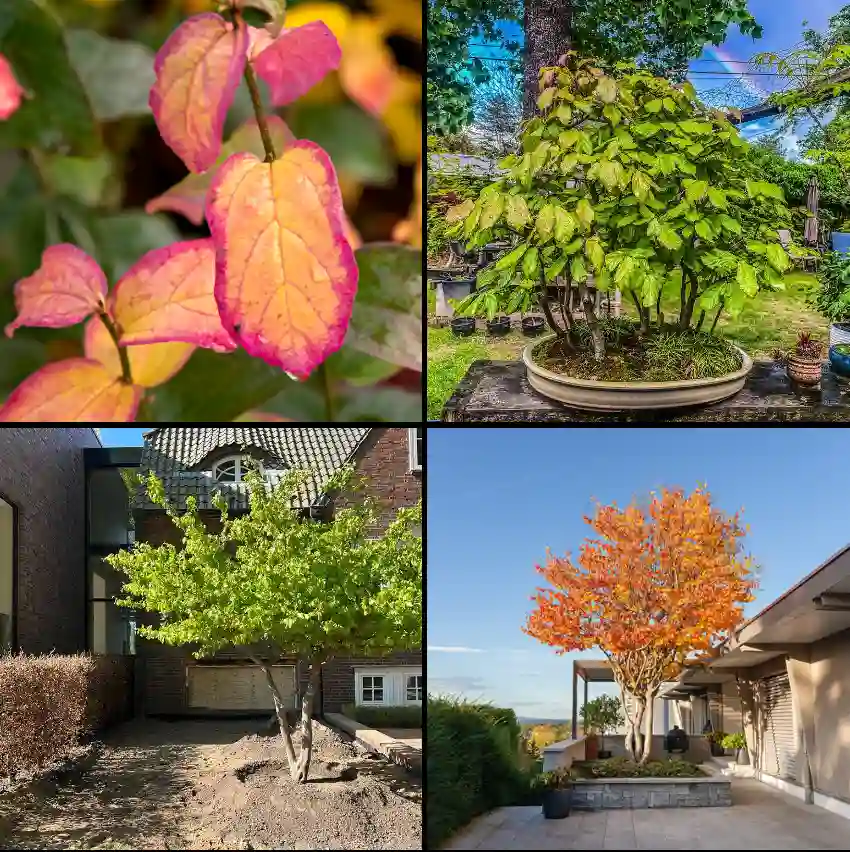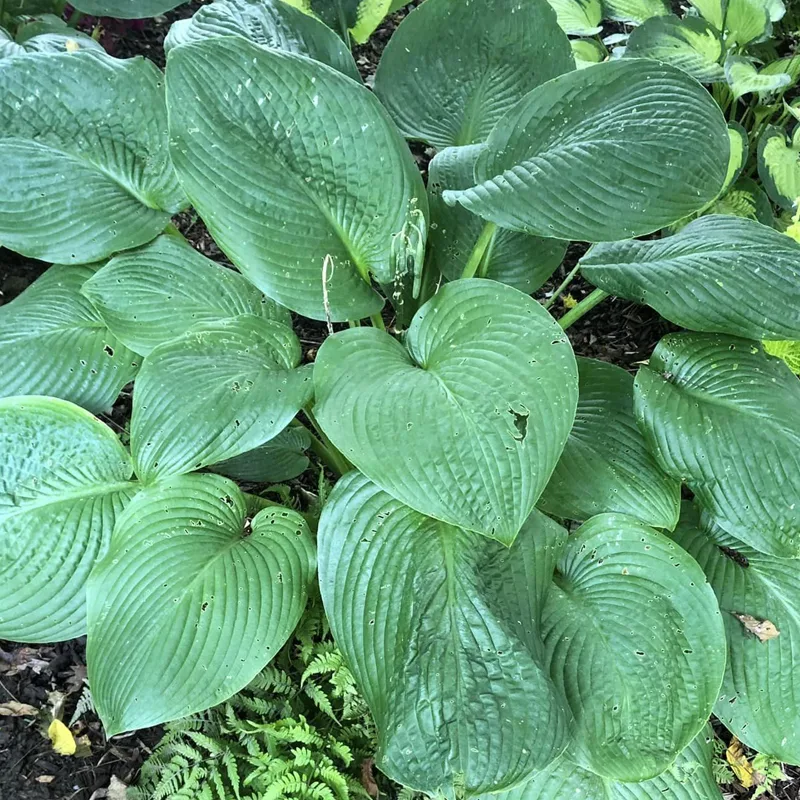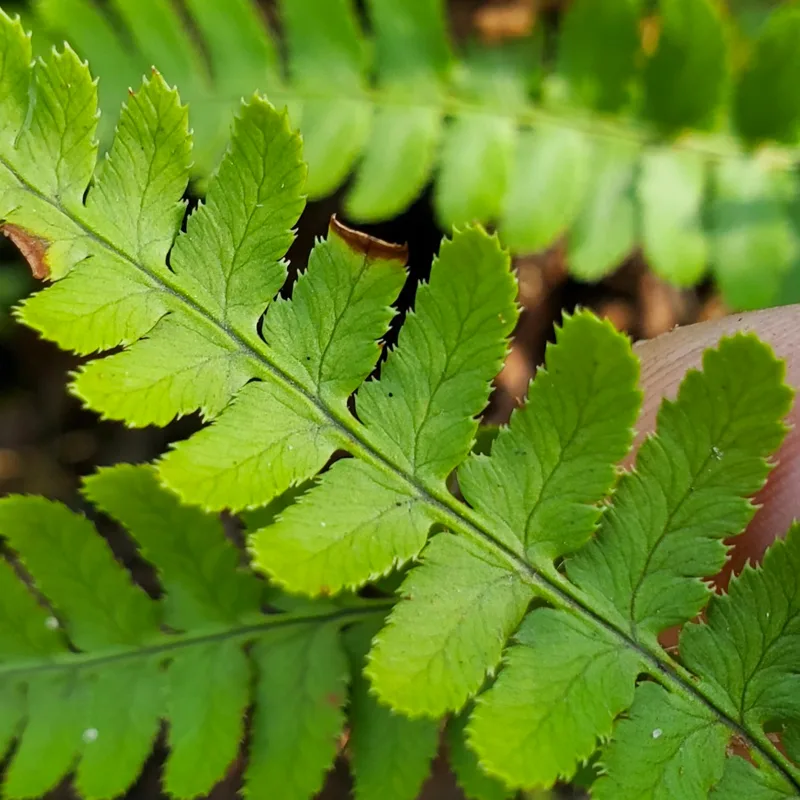Mammea Americana: FAQs and Essential Information
Mammea Americana, also known as the Mammea Fruit or Mammea, is a tropical fruit-bearing tree native to the Caribbean and parts of South America. I’ve been fascinated by this plant due to its unique characteristics and benefits. In this article, I’ll dive into the frequently asked questions about Mammea Americana, offering insights from my experiences and research.
What Is Mammea Americana?
Mammea Americana is a fruit tree that belongs to the Calophyllaceae family. It’s recognized for its large, round fruit with a thick, yellow skin and juicy, aromatic flesh. The tree itself can grow up to 15 meters tall and is valued not only for its fruit but also for its dense, evergreen foliage. The fruit is often used in local cuisine and traditional medicine.
Plant Family: 14 Genera in Calophyllaceae – Beauty Leaf Family
How to Care for Mammea Americana?
Caring for Mammea Americana involves understanding its specific needs. Here’s what I’ve learned:
- Climate: Mammea Americana thrives in tropical to subtropical climates. It requires warm temperatures and is sensitive to frost.
- Soil: It prefers well-drained soil that is rich in organic matter. Sandy loam or clay loam soils work best.
- Watering: Regular watering is essential, especially during dry periods. However, the tree should not be waterlogged as it can lead to root rot.
- Sunlight: Full sun exposure is ideal. Mammea Americana needs plenty of light to grow and produce fruit effectively.
How to Propagate Mammea Americana?
Propagating Mammea Americana can be done through seeds or grafting:
- Seeds: This is the most common method. The seeds should be sown in a well-draining medium and kept moist until germination. It’s best to start them in a nursery pot and transplant them when they’re large enough.
- Grafting: This method involves grafting a cutting from a mature tree onto a rootstock. It’s more complex but can be more reliable for maintaining specific traits.
What to Plant with Mammea Americana?
Companion planting can enhance the growth of Mammea Americana. Here are a few plants that work well with it:
- Citrus Trees: They share similar soil and light requirements.
- Herbs: Plants like basil and mint can help deter pests.
- Legumes: Beans and peas can improve soil nitrogen levels, benefiting the Mammea tree.
Is Mammea Americana Toxic?
Mammea Americana is not known to be toxic. The fruit is edible and enjoyed in many dishes. However, as with any plant, it’s best to consume it in moderation and consult a health professional if you have concerns about allergies or adverse reactions.
Benefits of Mammea Americana
Mammea Americana offers several benefits:
- Nutritional Value: The fruit is rich in vitamins A and C, as well as dietary fiber.
- Medicinal Uses: In traditional medicine, various parts of the tree are used to treat conditions such as digestive issues and skin ailments.
- Aesthetic Value: The tree’s dense foliage and large, attractive fruit make it a beautiful addition to any garden.
Common Problems with Mammea Americana
Like any plant, Mammea Americana can face some challenges:
- Pests: Watch out for pests like scale insects and aphids. Regular monitoring and the use of organic pesticides can help manage these issues.
- Disease: Fungal infections can be a problem in humid conditions. Proper spacing and good air circulation can reduce the risk of disease.
- Nutrient Deficiency: Yellowing leaves can indicate a lack of essential nutrients. Regular feeding with a balanced fertilizer can prevent deficiencies.
Compare with Similar Trees
It’s often useful to compare Mammea Americana with similar tropical fruit trees:
- Mango (Mangifera indica): Both trees are tropical and produce large fruits. However, mangoes generally have a different growing habit and require slightly different care, particularly in terms of water and soil.
- Avocado (Persea americana): Like Mammea Americana, avocados thrive in tropical climates and need similar soil conditions. Avocados have different fruit and leaf characteristics but share the need for well-drained soil.
Conclusion
Mammea Americana is a fascinating tropical fruit tree with a lot to offer. From its unique fruit to its benefits and care requirements, this tree is a valuable addition to tropical gardens. By understanding its needs and potential issues, you can enjoy its beauty and bounty for years to come.
If i die, water my plants!



